How To Draw A Nose For Kids & Beginners With Simple Steps
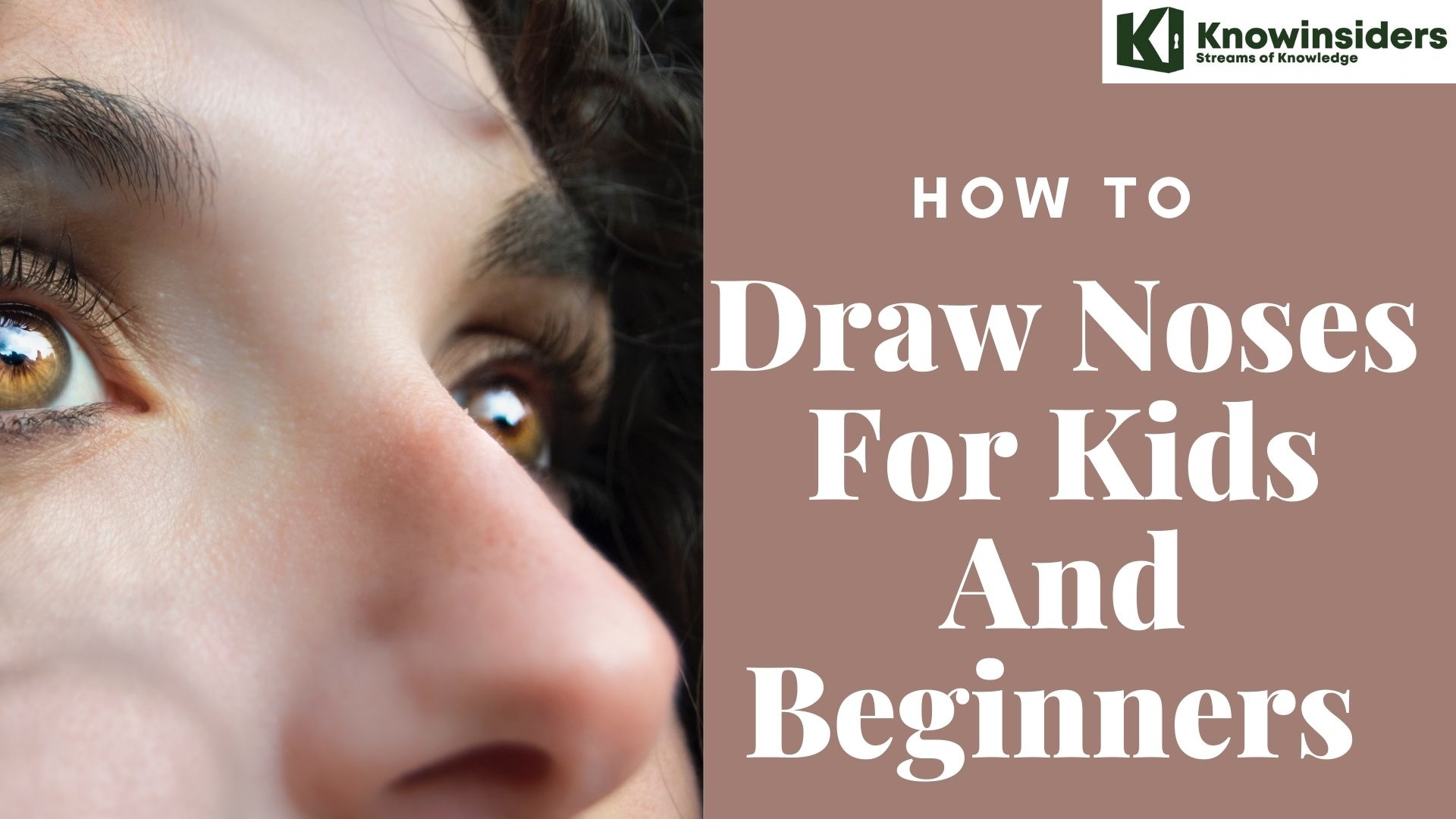 |
| How To Draw A Nose For Kids And Beginners With Simple Steps |
For beginners, drawing a nose might not be an easy task at all, for its shape, line and structure can be difficult to grasp. The human nose is the most protruding part of the face. It bears the nostrils and is the first organ of the respiratory system. It is also the principal organ in the olfactory system. The shape of the nose is determined by the nasal bones and the nasal cartilages, including the nasal septum which separates the nostrils and divides the nasal cavity into two. On average the nose of a male is larger than that of a female.
Take a look at the article below on the anatomy of the human nose, its function, and how to draw it for kids and beginners with simple step-by-step guide.
The Anatomy of The Nose
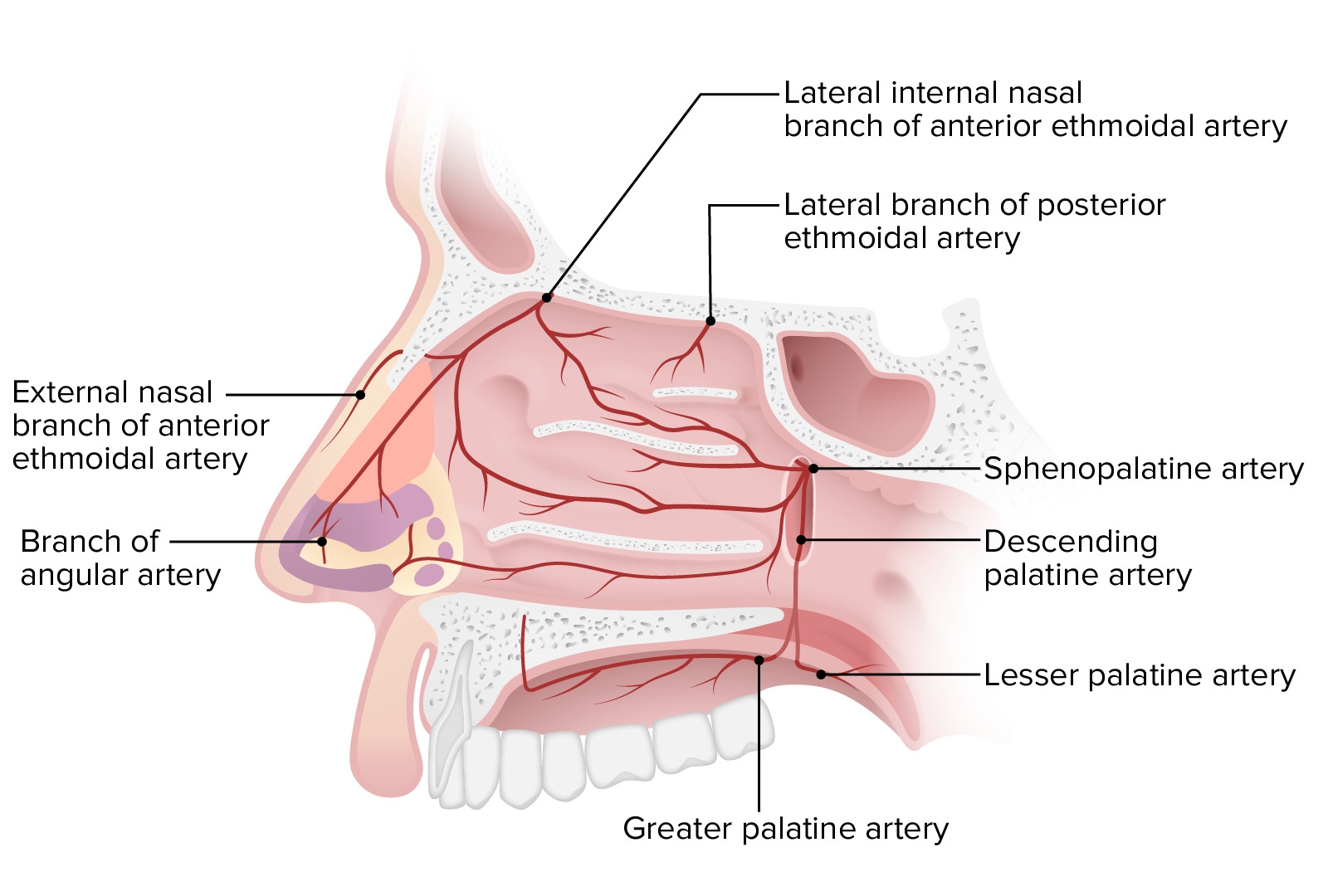 |
| Photo: Lecturio.com |
The nose is the human body’s primary organ of smell and functions as part of the upper respiratory system. The nose may be best known for inhaling oxygen and exhaling carbon dioxide, but it also contributes to other important functions, such as tasting. The anatomy of the nose can be divided into the external nose and the nasal cavity. There are 12 cranial bones that contribute to the structure of the nose’s walls and nasal conchae.
Your nose anatomy includes:
Bone: The hard bridge at the top of your nose is made of bone.
Hair and cilia: Hair and cilia (tiny, hairlike structures) inside your nose trap dirt and particles. Then they move those particles toward your nostrils, where they can be sneezed out or wiped away.
Lateral walls (outer walls): The outer walls of your nose are made of cartilage and covered in skin. The walls form your nasal cavities and your nostrils.
Nasal cavities: Your nose has two nasal cavities, hollow spaces where air flows in and out. They are lined with mucous membranes.
Nerve cells: These cells communicate with your brain to provide a sense of smell.
Nostrils (nares): These are the openings to the nasal cavities that are on the face.
Septum: The septum is made of bone and firm cartilage. It runs down the center of your nose and separates the two nasal cavities.
Sinuses: You have four pairs of sinuses. These air-filled pockets are connected to your nasal cavities. They produce the mucus that keeps your nose moist.
Turbinates (conchae): There are three pairs of turbinates located along the sides of both nasal cavities. These folds inside your nose help warm and moisten air after you breathe it in and help with nasal drainage.
What Are The Functions Of The Nose?
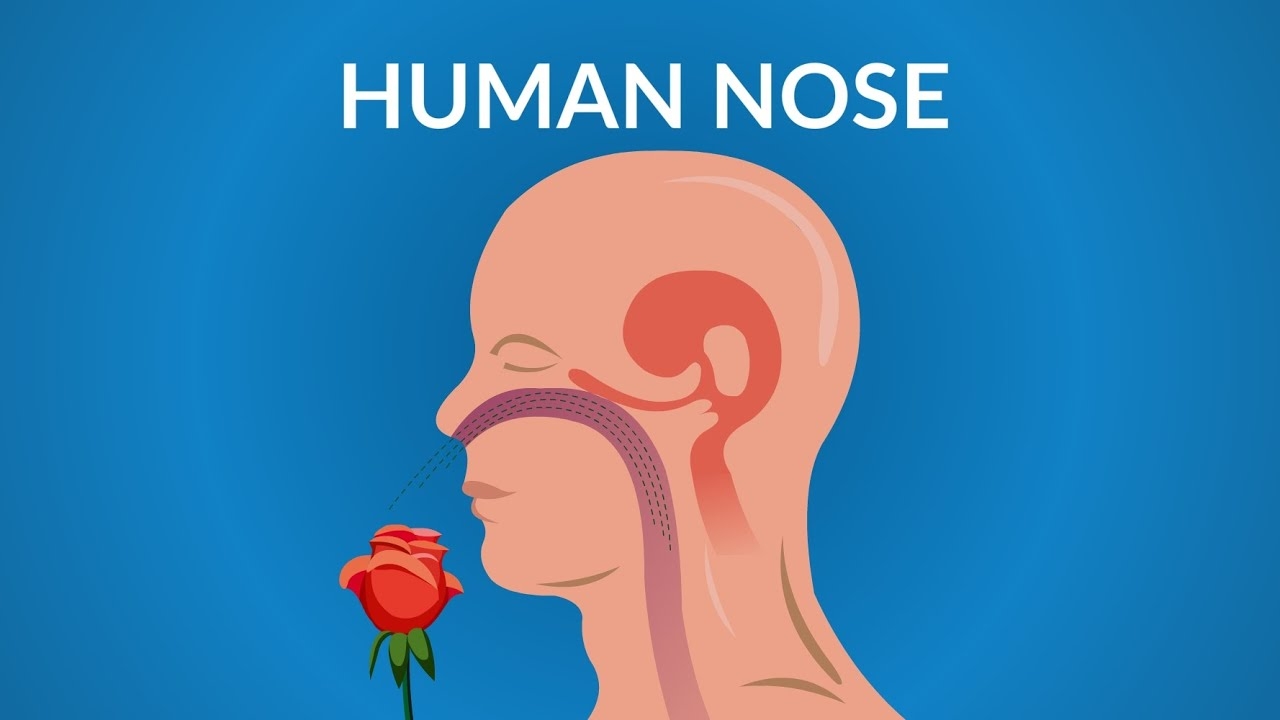 |
| Photo: learning junction |
The nose has an important function in breathing. The nasal mucosa lining the nasal cavity and the paranasal sinuses carries out the necessary conditioning of inhaled air by warming and moistening it. Nasal conchae, shell-like bones in the walls of the cavities, play a major part in this process. Filtering of the air by nasal hair in the nostrils prevents large particles from entering the lungs. Sneezing is a reflex to expel unwanted particles from the nose that irritate the mucosal lining. Sneezing can transmit infections, because aerosols are created in which the droplets can harbour pathogens.
Another major function of the nose is olfaction, the sense of smell. The area of olfactory epithelium, in the upper nasal cavity, contains specialised olfactory cells responsible for this function.
The nose is also involved in the function of speech. Nasal vowels and nasal consonants are produced in the process of nasalisation. The hollow cavities of the paranasal sinuses act as sound chambers that modify and amplify speech and other vocal sounds.
There are many plastic surgery procedures on the nose, known as rhinoplasties available to correct various structural defects or to change the shape of the nose. Defects may be congenital, or result from nasal disorders or from trauma. These procedures are a type of reconstructive surgery. Elective procedures to change a nose shape are a type of cosmetic surgery.
Understanding Different Nose Shapes
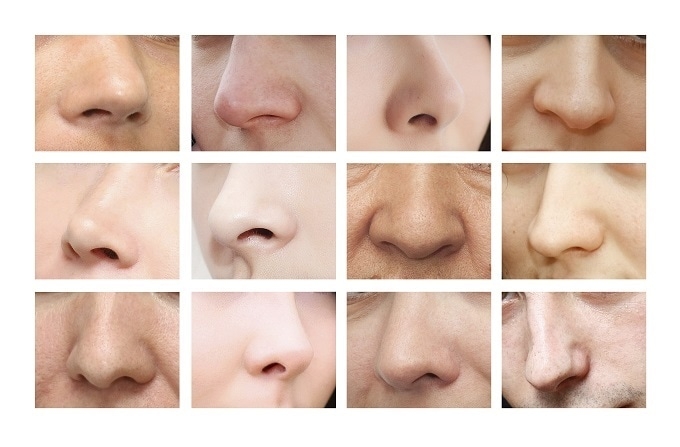 |
| Photo: News Medical |
FLESHY NOSE
The fleshy nose is bulbous in nature and has a large, prominent shape. More than 24% of human noses are fleshy, making it the most common nose type among individuals. CBS News has dubbed this nose type as “the Einstein,” alluding to the renowned scientist’s fleshy nose.
CELESTIAL NOSE
A celestial or upturned nose, which 13% of people share, features a small size, a dent at the nose bridge, and a protruding tip. The celestial nose is a popular option among rhinoplasty patients, thanks, in large part, to Emma Stone and other celebrities with this nose shape. Celestial nose corrections can sometimes go overboard, but leading board-certified surgeons have mastered this procedure.
ROMAN NOSE
The Roman nose features a sloping curve that prominently protrudes from the face. It has an exaggerated nose bridge that usually features a small curve. People with strong, defined profiles, which roughly accounts for about 9% of the global population, typically have this nose shape, The Roman nose resembles the noses on the faces of many ancient Roman sculptures, hence its name. It’s also known as the Aquiline nose, a name taken from the Latin word for “eagle-like.”
BUMPY NOSE
Bumpy noses feature bumpy outlines with subtle or protruding curves located at the tip of the nose. People with this nose shape are common candidates for rhinoplasty. This is because it’s relatively easier to smoothen bumps than any other procedure. Much like Roman noses, bumpy ones are also found in roughly 9% of the world’s population.
SNUB NOSE
Snub noses appear distinctly thin and pointy alongside a smaller, slightly curved silhouette. They also feature a subtle angle that goes upward at the tip. This structure is similar to that of a celestial nose, but the snub nose is softer and rounder. The nostrils can also be seen from the front of this nose type.
HAWK NOSE
Hawk noses are named as such due to their similarities with the curved beaks of eagles and other predatory birds. They have a dramatic arched shape and a protruding bridge, making them look long and small. Hawk noses remarkably contribute to strong facial profiles. Less than five percent of individuals have this nose shape.
GREEK NOSE
The Greek nose is a popular nose shape among plastic surgery candidates. A remarkably straight bridge is the most prominent feature of this sniffer. This bridge is what makes the Greek nose one of the most aesthetically pleasing one of all nose shapes. It gives one an attractive profile since it usually doesn’t have any humps or curves.
You’ll find that many models have a Greek nose, which enhances the rest of their face. Many ancient sculptures and portraits pay homage to this nose shape, which is where it got its name.
NUBIAN NOSE
The Nubian nose has a wider base with more prominent nostrils and a smoother, longer bridge. The latter gives it a longer appearance. This nose type is common in those of African descent. These individuals are regular recipients of plastic surgery and usually request for narrowing procedures.
EAST ASIAN NOSE
The East Asian nose may vary from country to country but it is usually marked by a thin and flat shape with a shorter tip. This nose type doesn’t feature a nasion depression, a feature typically located between an individual’s brow ridge and nose bridge. Plenty of East Asian patients ask cosmetic surgeons to make their nose wider to complement their other facial features. On the other hand, patients with wider and bigger noses request nose reshaping to achieve something similar to the East Asian nose. Asian rhinoplasty is a person’s best bet to get his or her desired look.
BULBOUS NOSE
This type of nose has a curved tip that typically extends outwards. The nose’s position results in a bulbous and round silhouette. A swollen, disproportionate nasal tip usually causes a bulbous nose. There are also some cases where the tip appears deformed. There are even instances wherein the affected area permanently turns red.
Excessive nasal oil glands slightly lead to a bulbous nose or rhinophyma. But medical professionals still do not completely know what actually causes the condition. They usually associate it with acne rosacea, a skin disorder that results in reddened and dry skin.
How To Draw Nose For Kids Tutorial
1. Draw the sides of the nose.
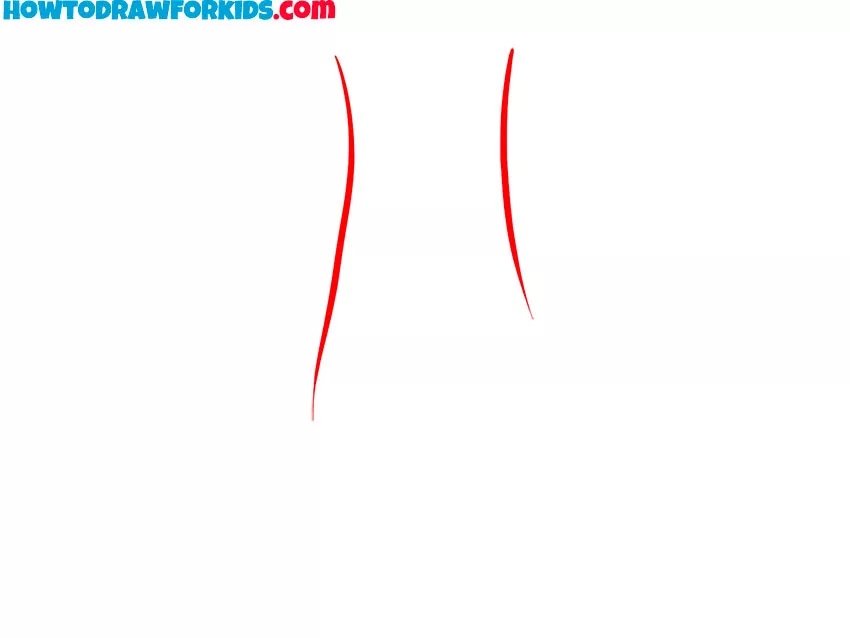 |
| Photo: Howtodrawforkids |
Determine the width of the top of the nose and depict two smooth lines.
2. Start drawing the tip of the nose.
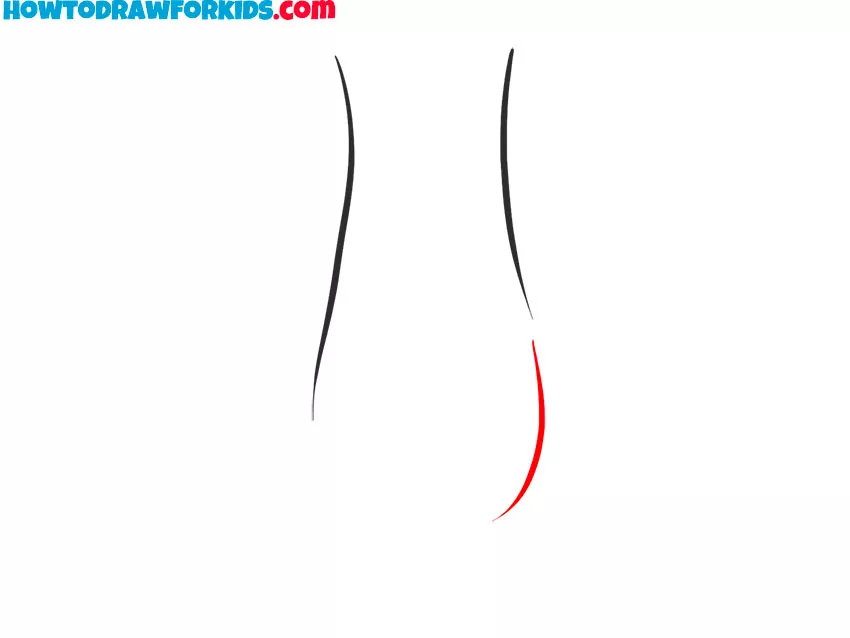 |
| Photo: Howtodrawforkids |
At this stage, depict a rounded smooth line.
3. Draw the second part of the tip of the nose.
 |
| Photo: Howtodrawforkids |
Sketch out a similar smooth line on the other side.
4. Depict the nostril.
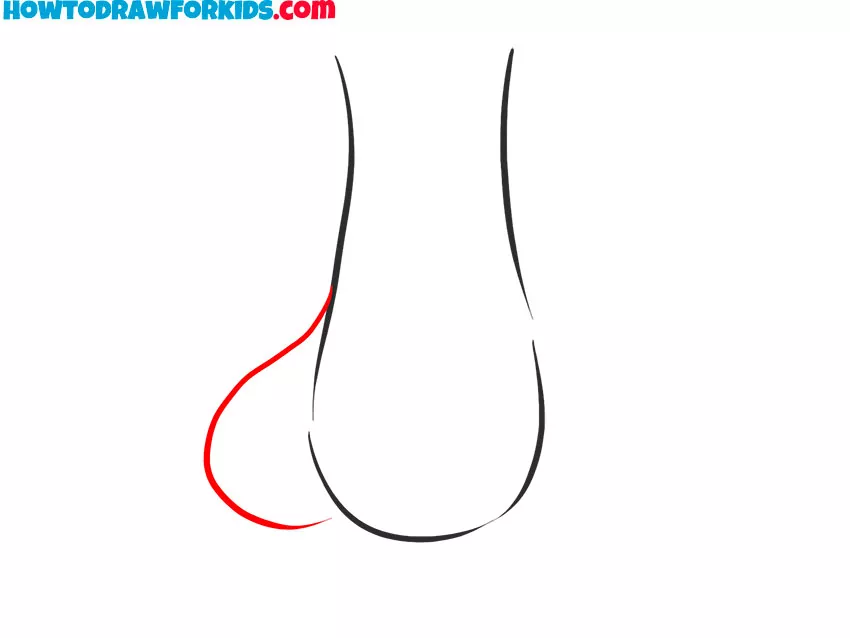 |
| Photo: Howtodrawforkids |
Determine the width of the nose and draw a nostril using a smooth line.
5. Draw the second nostril.
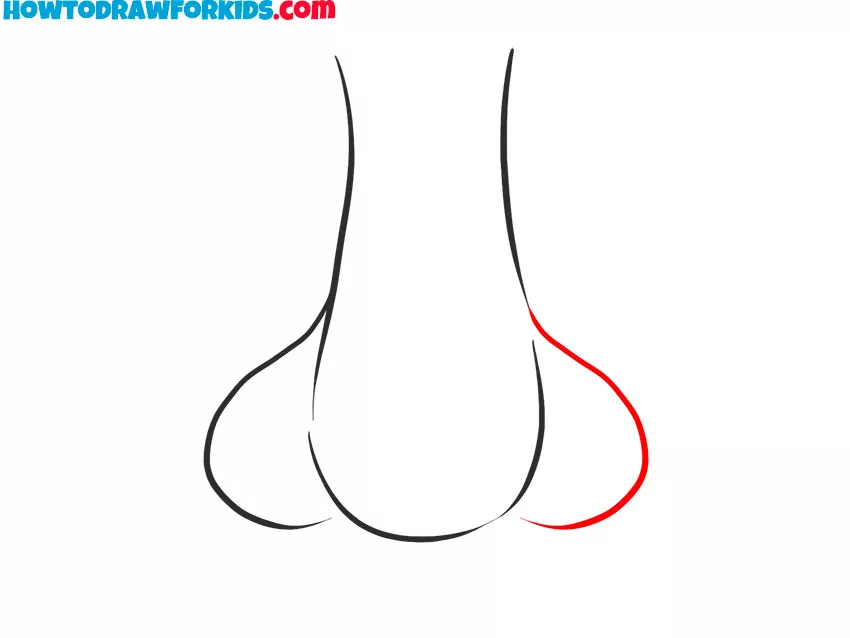 |
| Photo: Howtodrawforkids |
Repeat the previous step, only on the other side.
6. Add details.
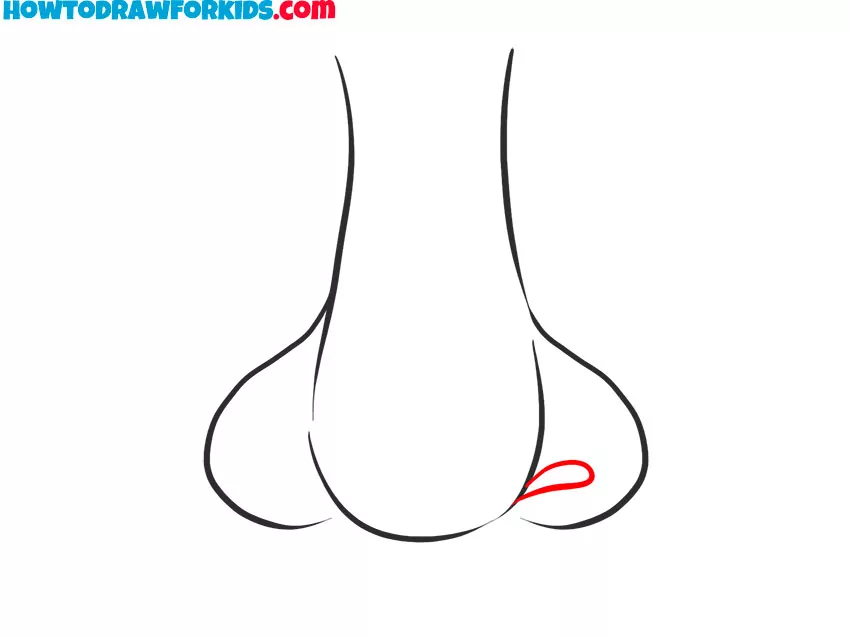 |
| Photo: Howtodrawforkids |
Draw the opening of the nasal passage.
7. Add more details.
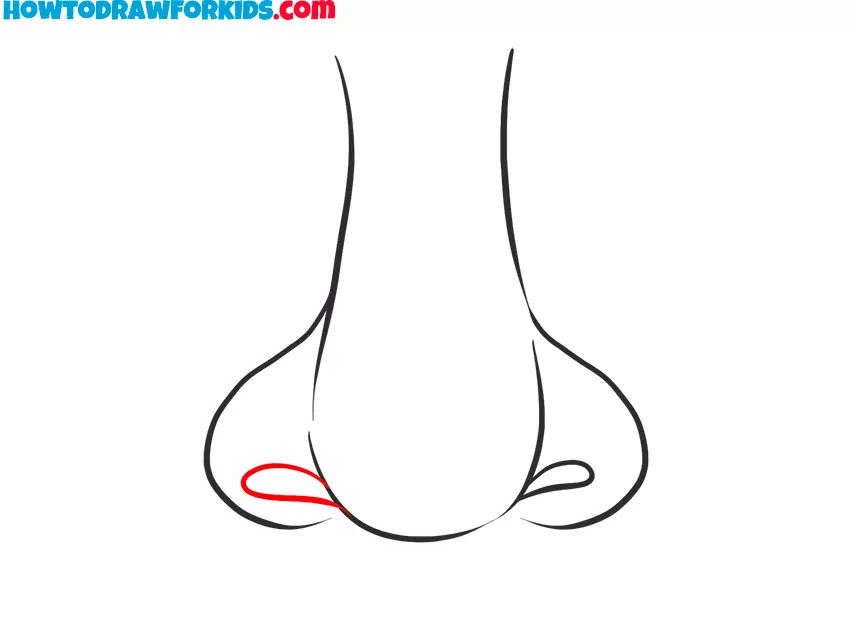 |
| Photo: Howtodrawforkids |
Depict the second hole. To do this, repeat the previous step only on the other side.
8. Depict the highlight.
 |
| Photo: Howtodrawforkids |
Draw a small circle at the tip of the nose.
9. Color the drawing.
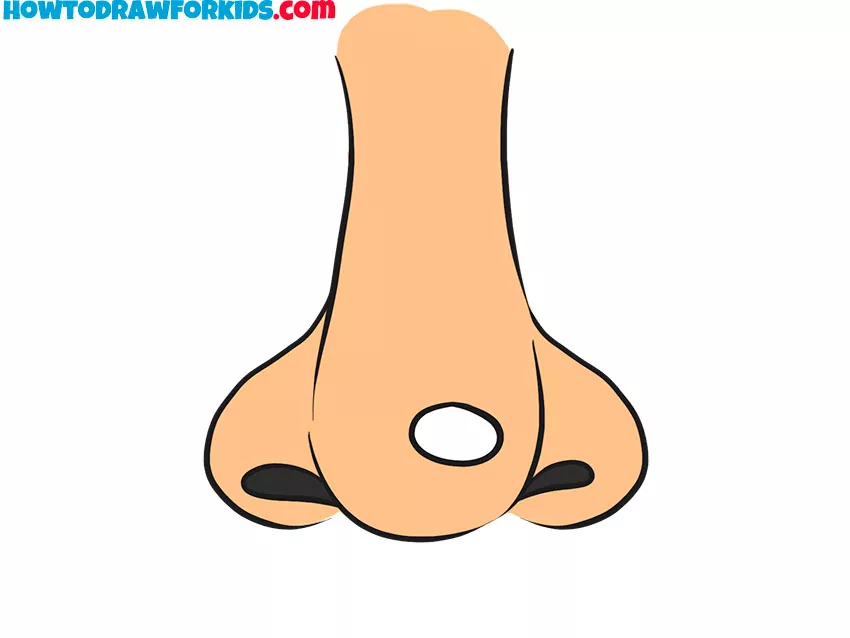 |
| Photo: Howtodrawforkids |
Choose any color for the skin.
How To Draw Nose For Beginners, By PencilKings
1. Drawing the Basic Angle of the Nose
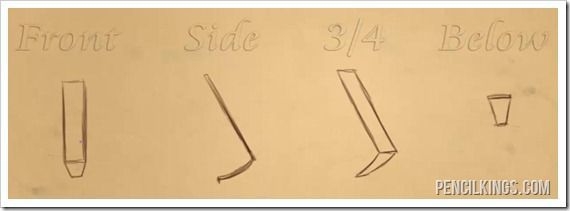 |
| Photo: PencilKings.com |
To keep things simple, try and think of the nose as a series of flat planes which look different when viewed from different angles.
In fact, no matter what you’re drawing, it’s always a good idea to break the object down into simple shapes, and then add more detail to these simplified forms as you progress. This is a particularly useful technique to learn if you’re just starting out as an artist.
In this image, you can see the bridge of the nose and the septum. The bridge of the nose is the part which sticks out from your face. The septum is the piece of skin at the bottom of your nose which attaches it to the rest of your face.
At this stage, it’s probably a good idea to look into a mirror and take a good look at the bridge of your nose and your septum.
2. Drawing the Ball of the Nose
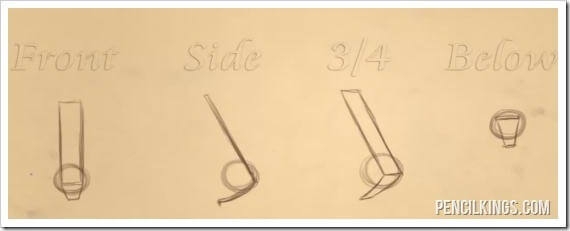 |
| Photo: PencilKings.com |
The next part of learning how to draw a nose is to add is the ball of the nose. You can draw this as a simple circle, but it’s important to remember this: Even though you’re drawing a 2D circle shape, what you’re actually representing is a 3D shape with depth and form.
3. Drawing the Nostrils and Flares
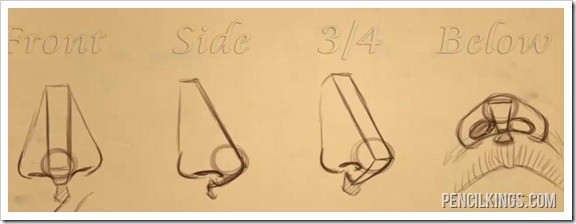 |
| Photo: PencilKings.com |
After you’ve drawn the ball of the nose, it’s time to move on to adding the nostrils and the flares of the nostrils.
Now, here’s where learning how to draw a nose can get a little more challenging. Firstly, you’ll need to make sure you leave a space between the nostril and the flare of the nostril like in the illustration above.
Secondly, you’ll need to ensure the nostrils extend towards the ball of the nose in the middle. You’ll also need to leave some space between the nostrils and the septum.
By now, you should have developed a better understanding of how the nose is constructed, and how it’s attached to the face.
When you’re learning how to draw a nose, you’ll also need to take the roundness of the mouth into account. This is because the mouth sits on the curved surface of your skull underneath, and the shape of this will naturally affect the shape of the nose that’s attached to it.
And, talking of attaching the nose to the face, that’s exactly what you’re about to learn how to do!
4. Attaching the Nose to the Face
 |
| Photo: PencilKings.com |
So how do you attach the nose to the face? Well, at the top of the nose, the underlying structure changes from cartilage to bone.
You can try this out for yourself – just feel your nose with your fingers and and lightly move your nose around.
Can you feel the difference between the soft, bendy cartilage along the bridge of the nose and the hard bone at the top?
This hard piece of bone is your brow bone. It runs from the skull at the top of your nose, and extends vertically before extending outwards to form the brow bone above your nose.
Common Mistakes People Make While Drawing NosesNoses are another challenging feature to master when you learn how to draw faces. Watch out for these common mistakes when you learn to draw faces : Running a highlight down the whole length of the nose. In reality, you will never see a highlight running all the way down the nose from the bridge to the tip. Avoid the temptation to stylize your subject. Definition lacking at the junction of the nose and the forehead. In reality, you will not see a nose come straight down from the forehead without a shift in plane. Making black holes in nostrils We all picked up the habit when we were in school. Make the nostril holes less prominent in your drawings. If you are painting, mix warm red colors. Remember that all the openings in the head (ears, mouth, nostrils) are warm. Making the shadows too dark Often when you learn how to draw faces, another common mistake is to overemphasize the shadows under or beside the nose too solid or too dark. Shadows are supposed to be transparent and luminous. Underplaying shadows is always a good idea; making them too dark or crisp will create a black hole in the face and destroy the form. Extending the shadow from the nose onto the lip Doing this may make your subject look like they have a mustache. Avoid this by lowering the lighting above the head so there won't be a long shadow cast over the upper lip. If you are copying from a photograph with this kind of lighting, modify the shadow cast from the nose over the upper lip to avoid the problem. |
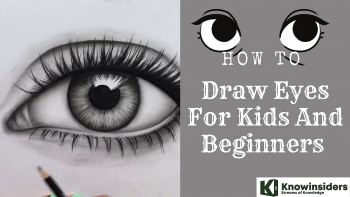 How To Draw Eyes For Kids & Beginners with Simple Steps How To Draw Eyes For Kids & Beginners with Simple Steps Drawing eyes is not easy for most beginners and kids, and if you are looking for a step-by-step guide, you have come to the right ... |
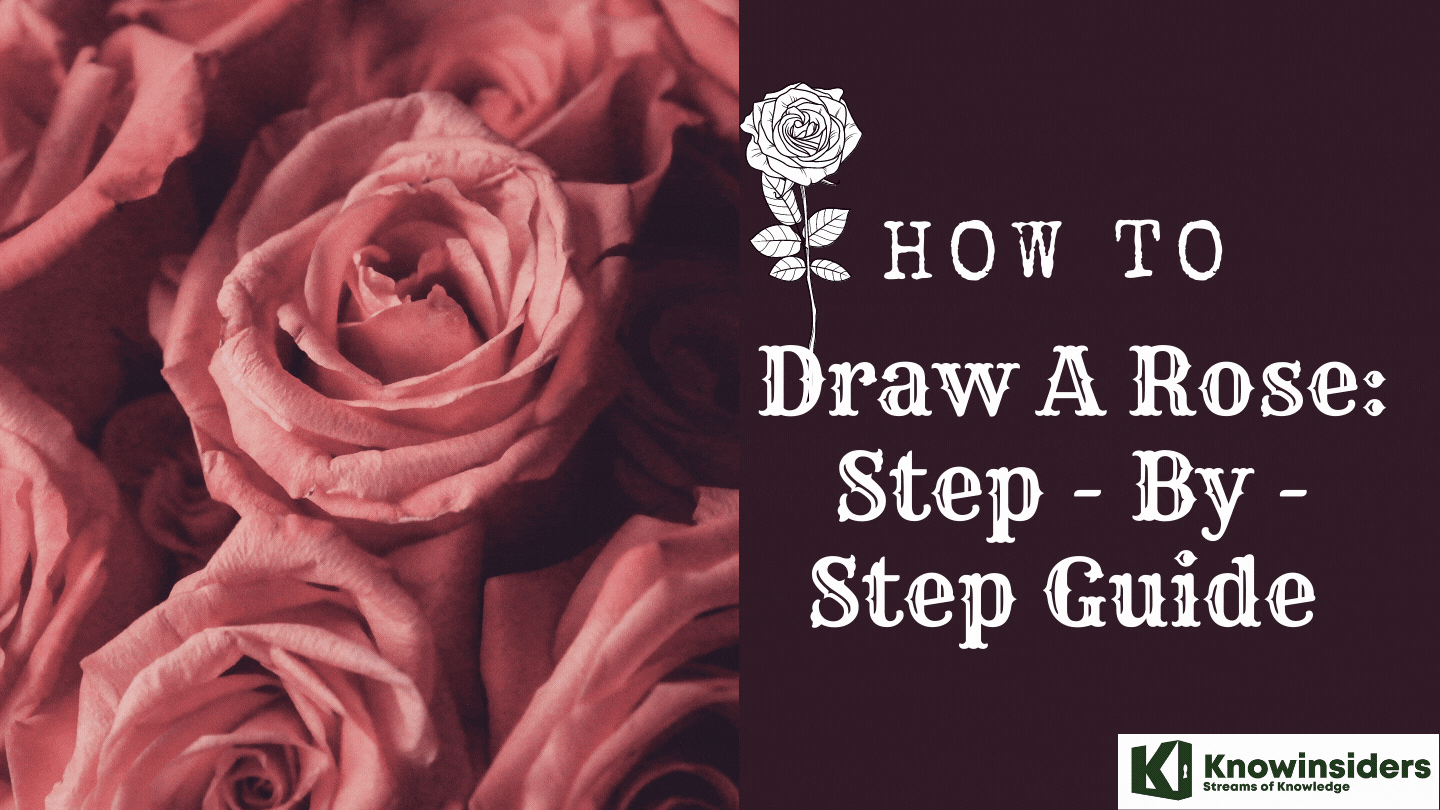 How To Draw A Rose: Step By Step Guides How To Draw A Rose: Step By Step Guides Rose drawing can be difficult for many people who are beginners, and in the article below, we will guide you through how to draw a ... |
 How To Draw Anime For Beginners: Step-by-Step Guide How To Draw Anime For Beginners: Step-by-Step Guide How to draw anime if you are only a beginner? Read on our article and follow these simple steps. |
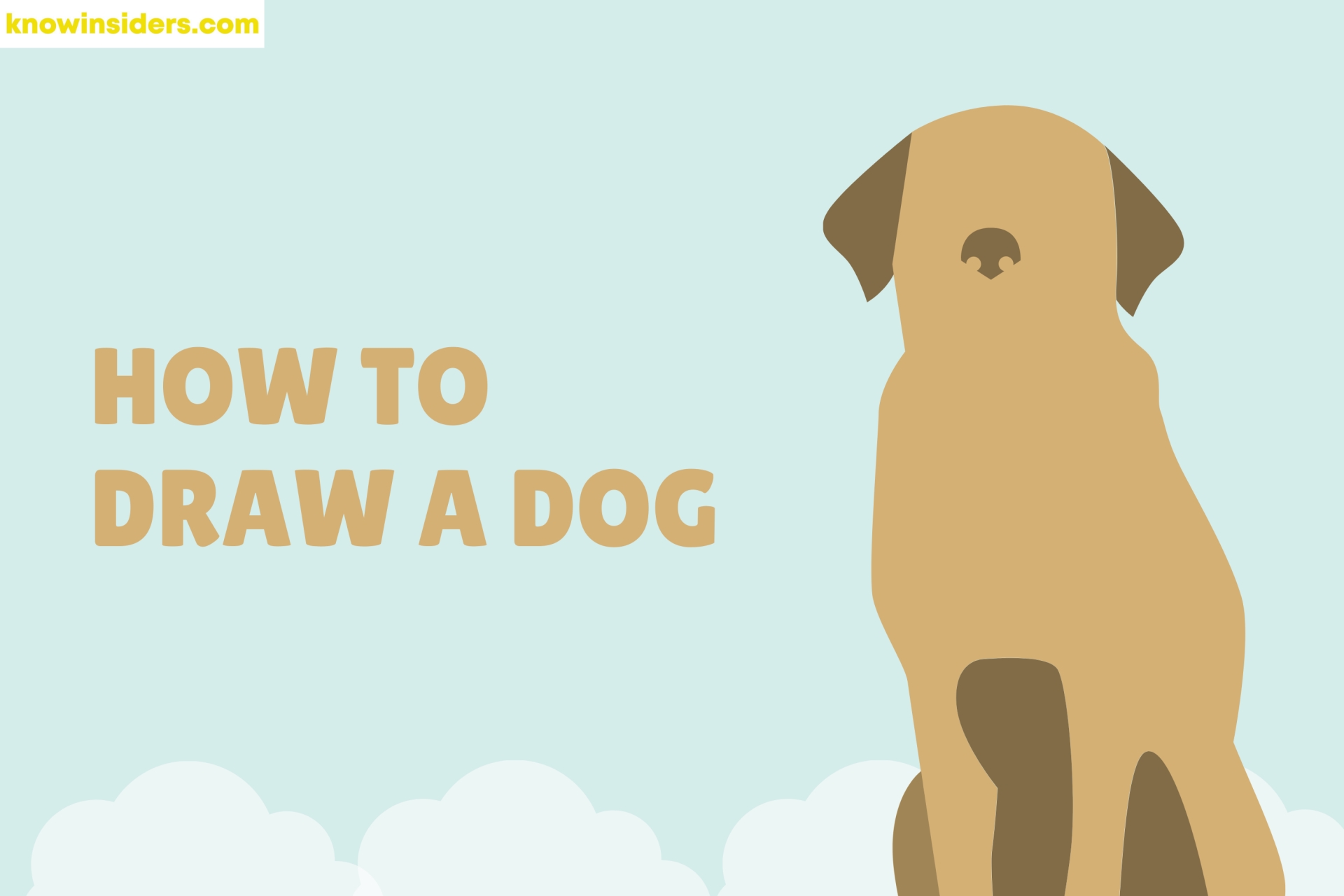 How To Draw A Dog With Easy Steps How To Draw A Dog With Easy Steps Dogs are famously known as "man's best friend." Follow these easy steps to draw a dog. Have fun with your drawing! |


























